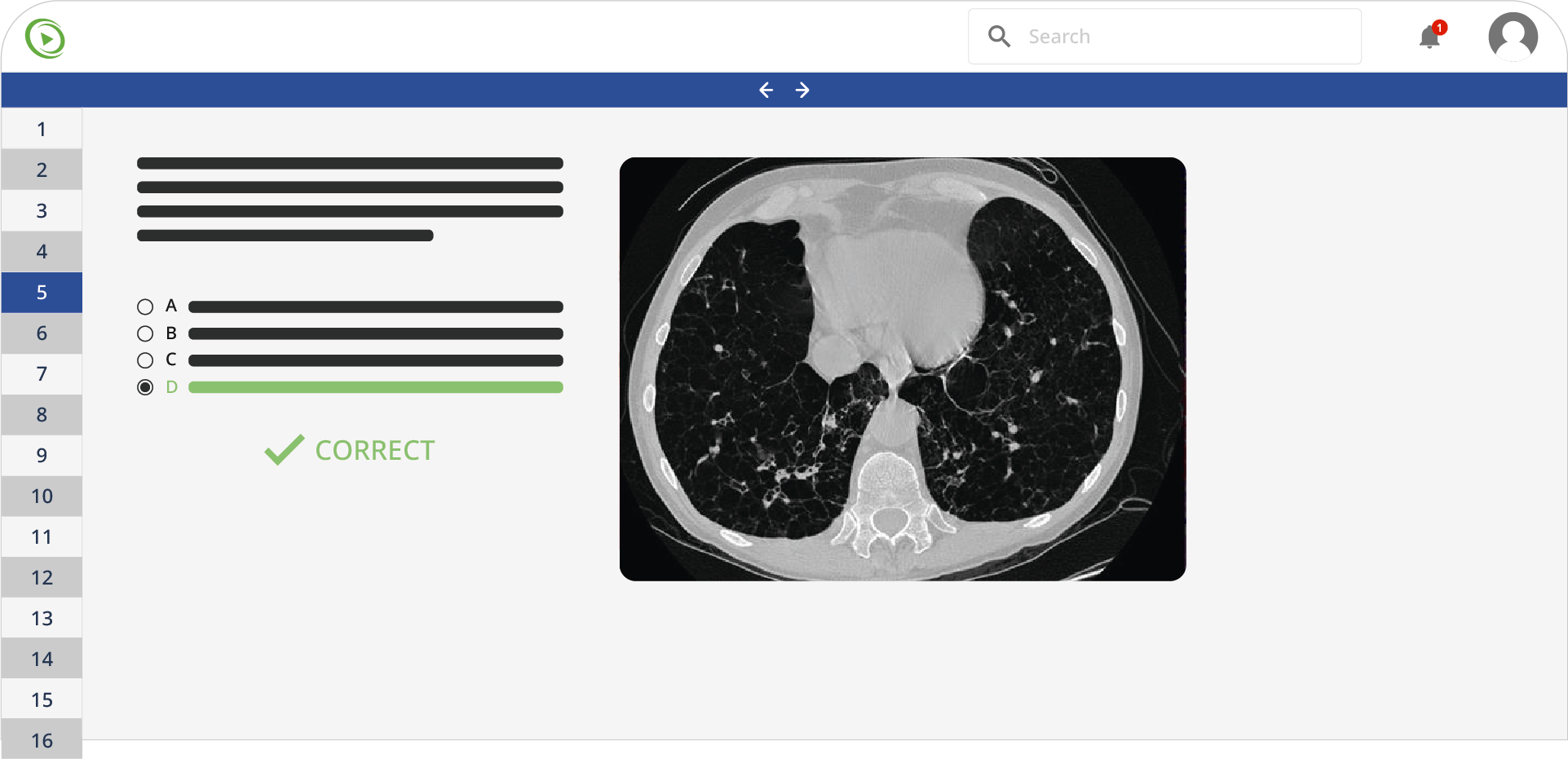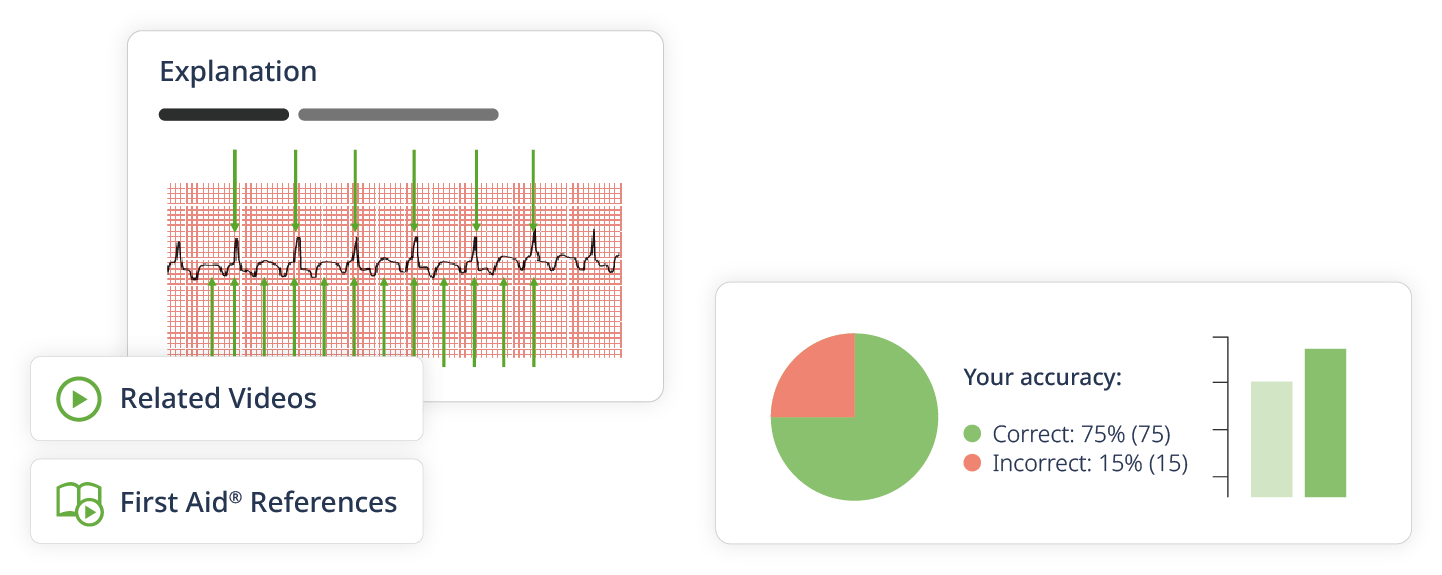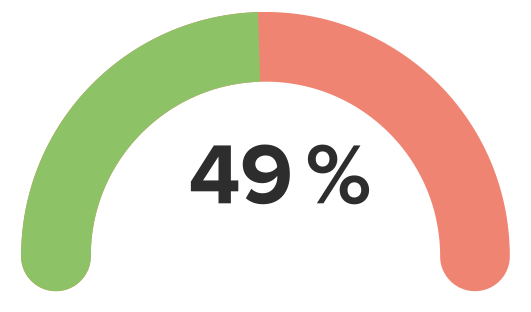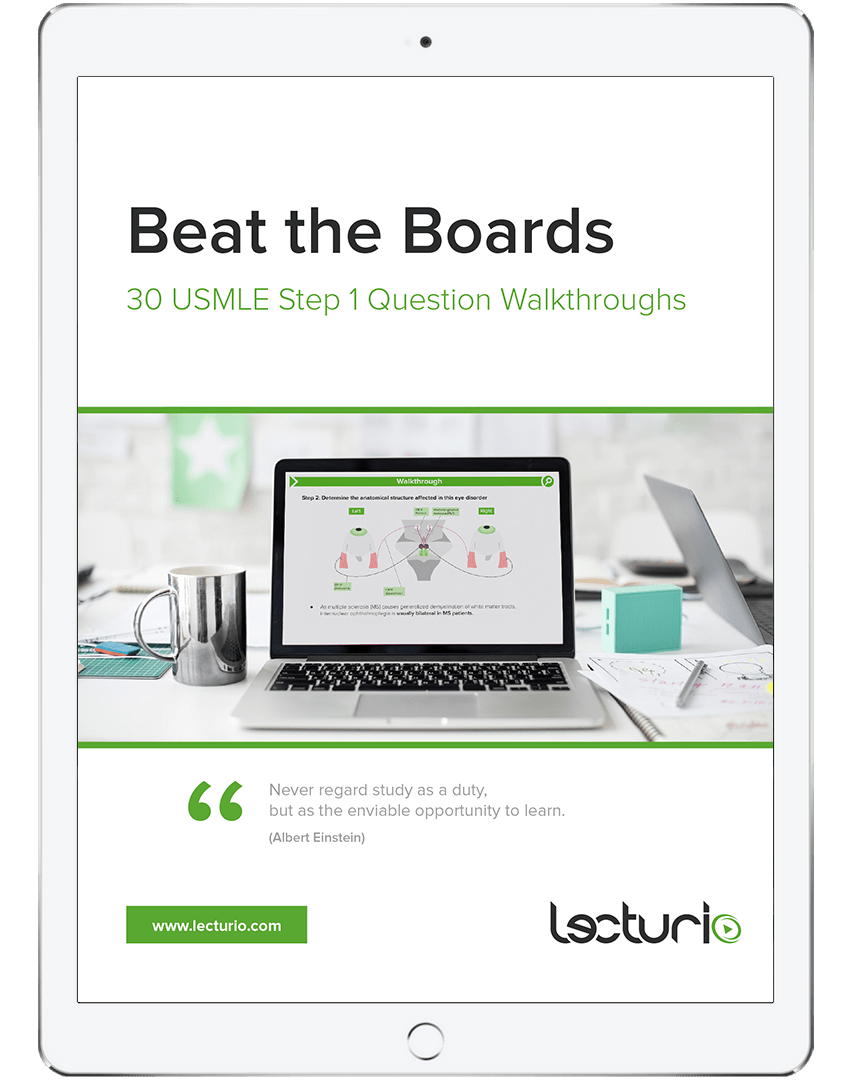A study is conducted in a town with a population of 225,000, where the people are followed-up for the development of emphysema. A total of 1,000 smokers are selected and followed-up, out of which 200 actually develop the disease. A control group of 1,000 non-smokers is formed, out of which 20 develop emphysema. The prevalence of smoking in the general population is 40%. The researcher calculates all possible risk estimates, including the odds ratio. What percentage of the risk of developing emphysema can be attributed to smoking?
A. 40%
B. 20%
C. 10%
D. 2%
E. 18%
In a study to find out the association between smoking and bladder cancer, 100 adult males with bladder cancer are recruited to the study group. The control group consists of 100 similar individuals without bladder cancer. Smoking history from all the participants is obtained, and the data are analyzed. The calculated odds ratio is 2.7. Which of the following statements best describes the study?
A. The smokers have 2.7 times increased risk of developing bladder cancer when compared to the nonsmokers.
B. Odds of smoking in bladder cancer patients are 2.7 times higher than in those without bladder cancer.
C. Bladder cancer patients have 2.7 times increased risk of smoking when compared to that of those without bladder cancer.
D. Odds of smoking are 2.7 times higher in patients who have a risk of developing bladder cancer in the future.
A group of multidisciplinary researchers from a tertiary hospital decides to investigate whether there is an association between splenectomy and pulmonary tuberculosis. From the hospital database, they identify 19,000 patients over the age of 20 with newly diagnosed pulmonary tuberculosis, as well as 72,000 patients without pulmonary tuberculosis for comparison purposes. Both of these groups are matched for age, gender, and an index year when the condition was initially diagnosed. The odds of pulmonary tuberculosis development associated with splenectomy and other comorbidities is estimated. After controlling for all relevant confounders, the results show that splenectomy is associated with a two-fold higher incidence of pulmonary tuberculosis development. There is also a synergistic effect between splenectomy and other comorbid conditions in the development of pulmonary tuberculosis. What type of study has been used by the researchers in this example?
A. Cohort study
B. Cross-sectional study
C. Case-control study
D. Ecological study
E. Intervention study
A 26-year-old woman is referred to a reproduction specialist because of an inability to conceive. She comes with her husband, who was previously examined for causes of male infertility, but was shown to be healthy. The patient has a history of 2 pregnancies at the age of 15 and 17, which were both terminated in the first trimester. She had menarche at the age of 11, and her menstrual cycles began to be regular at the age of 13. Her menses are now regular, but painful and heavy. Occasionally, she notes a mild pain in the lower left quadrant of her abdomen. Her past medical history is also significant for episodes of depression, but she currently denies any depressive symptoms. Current medications are sertraline daily and cognitive-behavioral therapy twice a week. After reviewing her history, the doctor suggests performing an exploratory laparoscopy with salpingoscopy. He explains the flow of the procedure and describes the risks and benefits of the procedure to the patient and her husband. The patient says she understands all the risks and benefits and agrees to undergo the procedure, but her husband disagrees and insists that he should have the final word because his wife is “a mentally unstable woman.” Which of the following is correct about the informed consent for the procedure in this patient?
A. The patient can make the decision about the treatment herself because she does not show signs of decision-making incapability.
B. The decision must be made by both the wife and the husband because of the patient’s mental illness.
C. Because of the patient’s mental disease, the consent should be given by her husband.
D. Informed consent is not necessary in this case because the benefit of the procedure for the patient is obvious.
E. The patient does not have the capacity to make her own decisions because she is taking a psychotropic medication.
A cross-sectional study of 650 patients with confirmed bronchogenic carcinoma, including those discovered on post-mortem autopsy, was conducted in patients of all age groups in order to establish a baseline picture for further mortality comparisons. All patients were investigated using thoracic ultrasound and computed tomography of the chest. Also, data about the size of the mass, invasion of lymph nodes and chest wall, pleural effusion, and eventual paralysis of the diaphragm were noted. The bias that can arise in this case, and that may hamper further conclusions on the aggressiveness and mortality of bronchogenic carcinoma, may be explained as a tendency to which of the following aspects?
A. Find more cases of the disease in older cohorts
B. Observe only the late stages of a disease with more severe manifestations
C. Detect only asymptomatic cases of the disease
D. Uncover more indolent cases of the disease preferentially
E. Identify more instances of fatal disease
An 85-year-old man with terminal colon cancer formally designates his best friend as his medical durable power of attorney. After several courses of chemotherapy and surgical intervention, the patient’s condition does not improve and he soon develops respiratory failure. He is then placed on a ventilator in a comatose condition. His friend with the medical power of attorney tells the provider that the patient would not want to be on life support. The patient’s daughter disputes this and says that her father needs to keep receiving care, in case there should be any possibility of recovery. Additionally, there is a copy of the patient’s living will in the medical record which states that, if necessary, he should be placed on life support until full recovery. Which of the following is the most appropriate course of action?
A. The durable medical power of attorney’s decision should be followed
B. Follow the daughter’s decision for the patient
C. Contact other family members to get their input for the patient
D. Act according to the patient’s living will
E. Withdraw the life support since the patient’s chances of recovery are very low
A 24-year-old woman presents to a medical office for a follow-up evaluation. Her medical history is significant for type 1 diabetes, for which she takes insulin. She was recently hospitalized for diabetic ketoacidosis following a respiratory infection. Today, she brings in a list of her most recent early morning fasting blood glucose readings for review. The readings range from 126–134 mg/dL, except for 2 readings of 350 mg/dL and 380 mg/dL taken at the onset of her recent hospitalization. Given this data set, which measure(s) of central tendency would be significantly affected by these additional extreme values?
A. Mean
B. Median
C. Mode
D. Mean and median
E. Median and mode
Do you want to practice more Epidemiology and Biostatistics questions?
Create a free Lecturio account and you’ll have access to the Lecturio question bank with more than 2,200 USMLE Step 1 practice questions.










